Digital tools in product development
DIGITAL DEVELOPMENT CHAIN – To ensure high functionality and quality and to speed up the market launch of new products, different digital tools are used in the development process within medmix Switzerland AG. An overview of these calculation methods is given using the ecopaCC system.
Overview
The following picture shows the entire ecopaCC system, consisting of the static mixer (1), the front plate including the outlet (2), the foil bag (3), the support sleeve (4) and the two pistons (5).
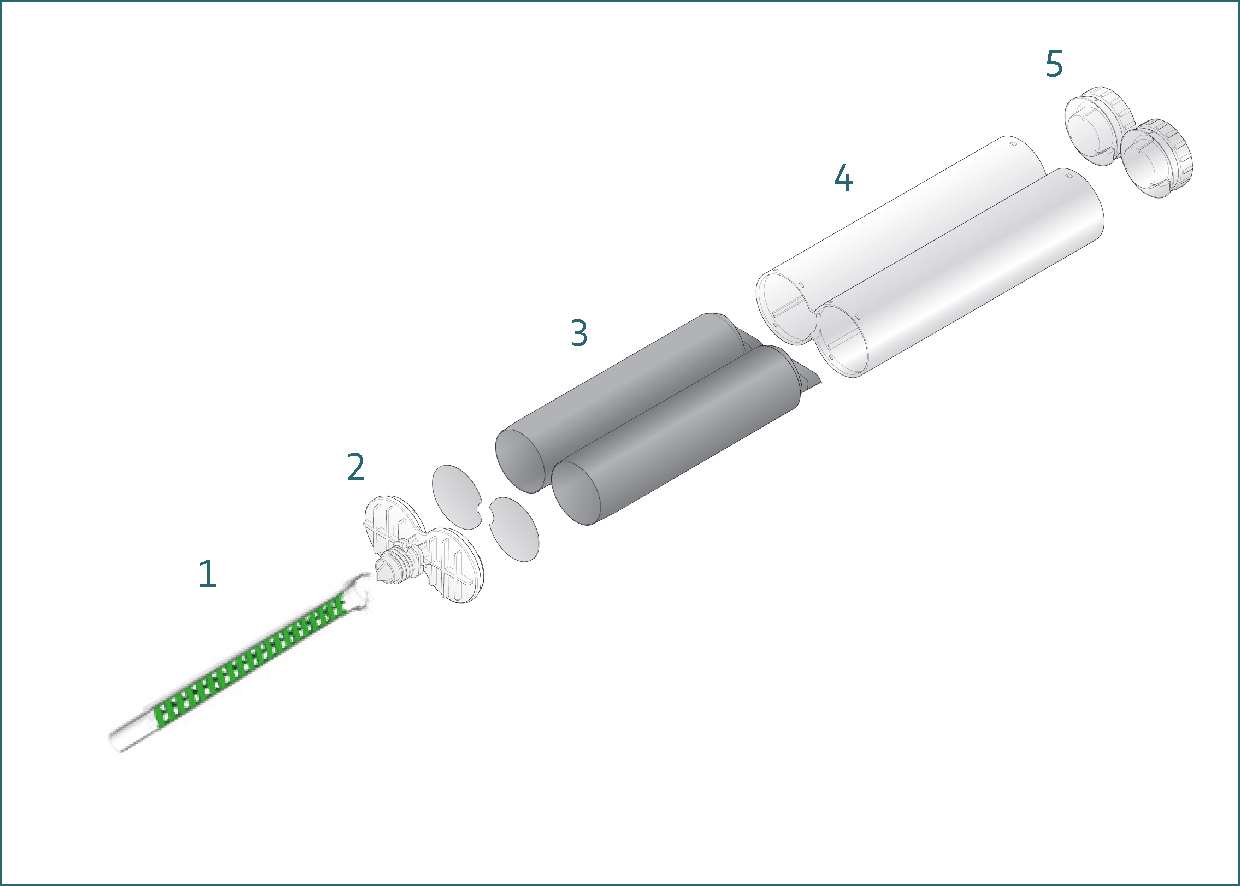 Figure 1 - Overview of the ecopaCC system
Figure 1 - Overview of the ecopaCC system
Filling simulation (injection molding simulation)
Numerical filling simulations are carried out on all components manufactured using the injection molding process before the tool is designed. These simulations provide important information about the manufacturability of the component. In addition to the mathematical visualization of the subsequent component filling, important information regarding weld lines, cavities, shrinkage and warpage can be taken from these calculations. Furthermore, one expects from this analysis information on mold design, temperature control and ventilation, as well as answers regarding economic questions such as cycle times, mold costs or the material to be selected.
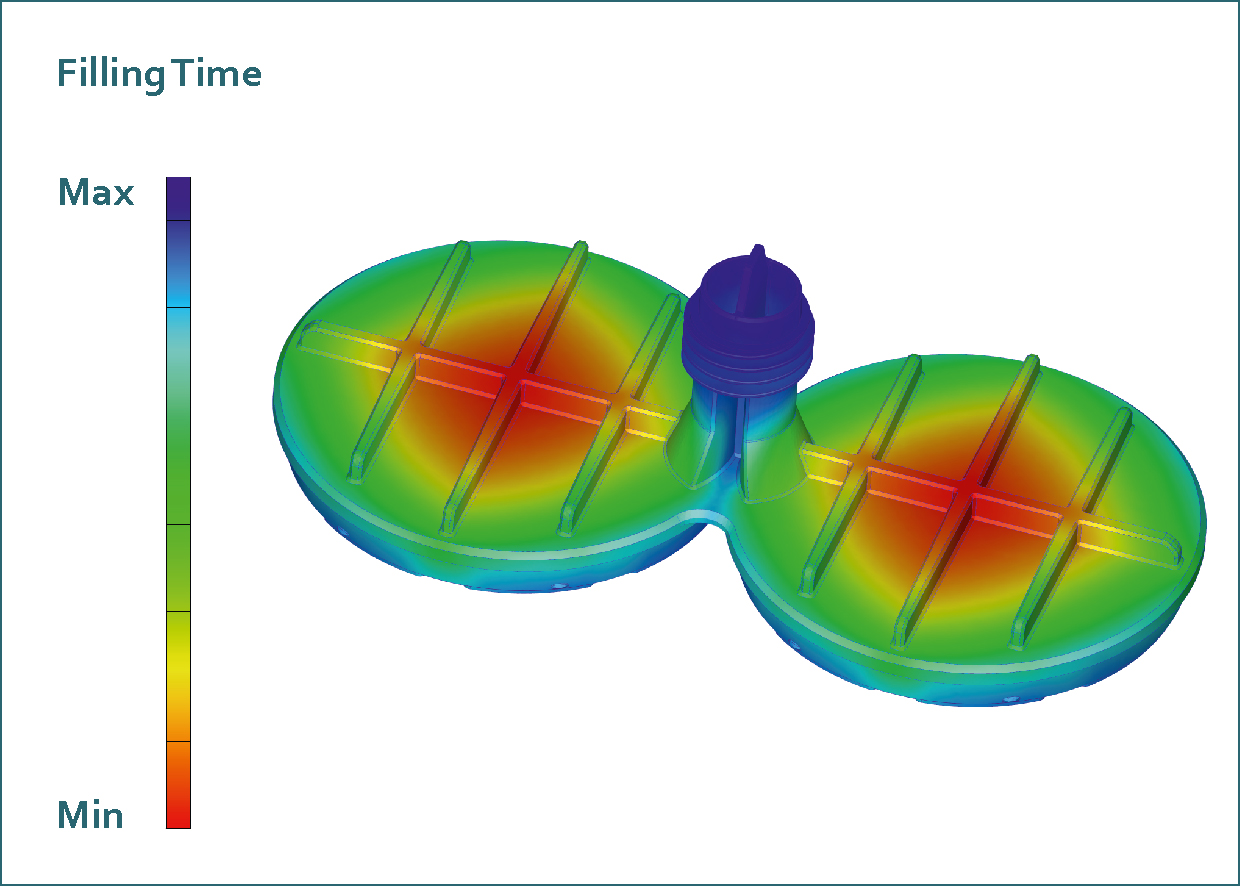 Figure 2 - Contour plot of the filling time of the front plate
Figure 2 - Contour plot of the filling time of the front plate
Computational Fluid Dynamics (CFD)
Numerical flow simulations (CFD) are carried out to ensure high mixing quality and to optimize the mixing systems. In these calculations, the volume containing the two liquids to be mixed is divided into small, interconnected cells. The existing flow processes are described using special equations, converted into a linear system of equations and calculated by the so-called CFD solver. The important results of these calculations are information about the flow behavior (pressure, velocity and concentration field of the components) as well as the mixing quality (CoV, Coefficient of Variation).
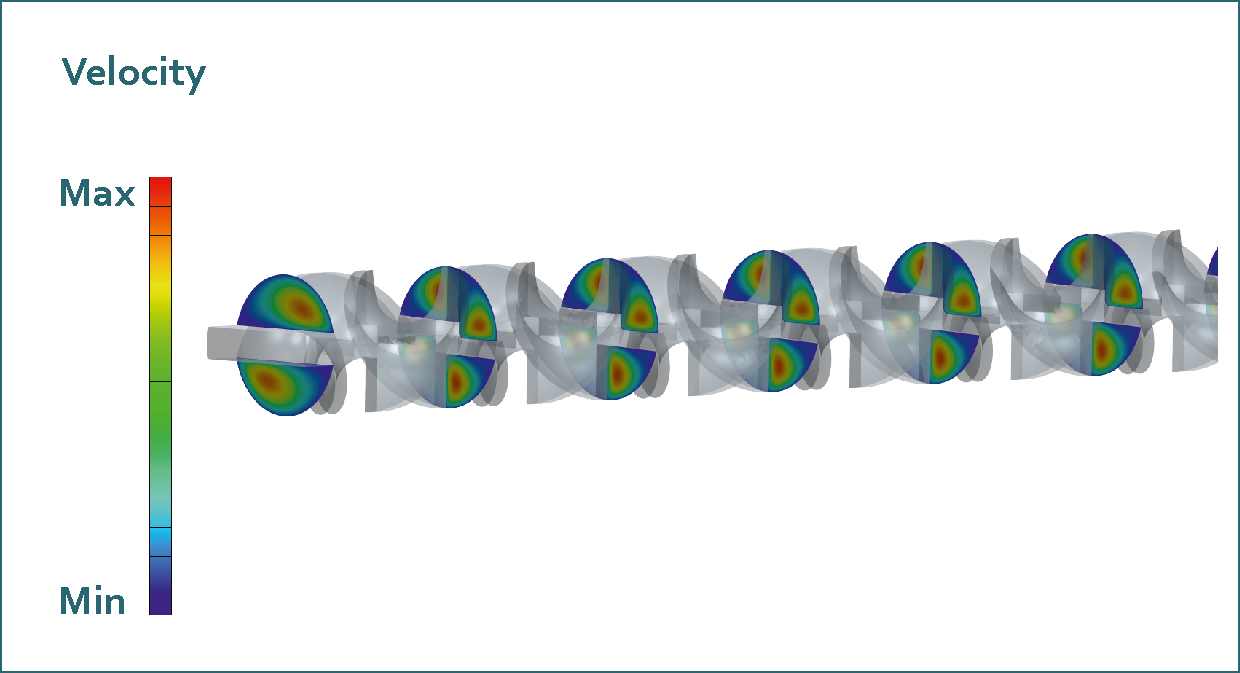 Figure 3 - Contour plot of the velocity in some cross sections of a helix mixer
Figure 3 - Contour plot of the velocity in some cross sections of a helix mixer
Structural Simulation (Finite Element Analysis, FEA)
During the application and mixing process, a force is applied to the two pistons, which ultimately leads to a pressure increase of the fluids and mechanical loads at the components. In order to ensure the mechanical integrity of the entire system, both analytical and numerical strength simulations are carried out. An established method is the Finite Element Analysis (FEA). Similar to the CFD calculation mentioned above, the volume of the components (mixer, housing, piston, etc.) is now divided into small, interconnected cells, the now so-called finite elements. The deformation behavior of the individual finite elements is described by special equations, also converted into a linear system of equations, and calculated by the FEM solver. The results of these calculations are the component deformations, stresses and strains and thus important information about the functionality of the product. In addition to simple static calculations, fatigue calculations as well as dynamic analyses such as drop test simulations are carried out too.
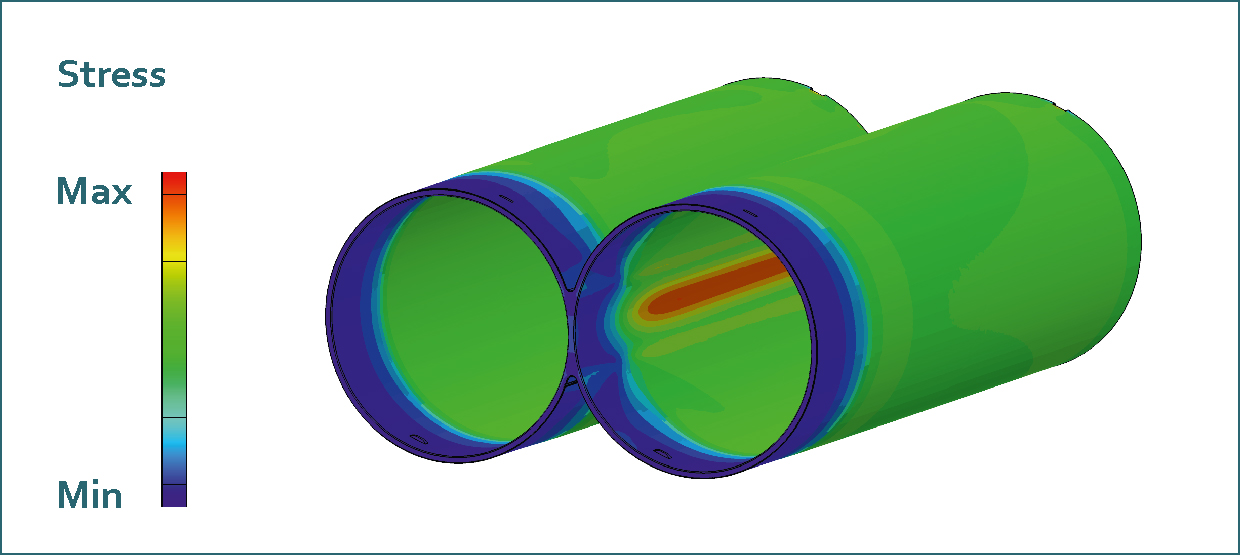 Figure 4 - Contour-plot of mechanical stresses within the supporting sleeve
Figure 4 - Contour-plot of mechanical stresses within the supporting sleeve
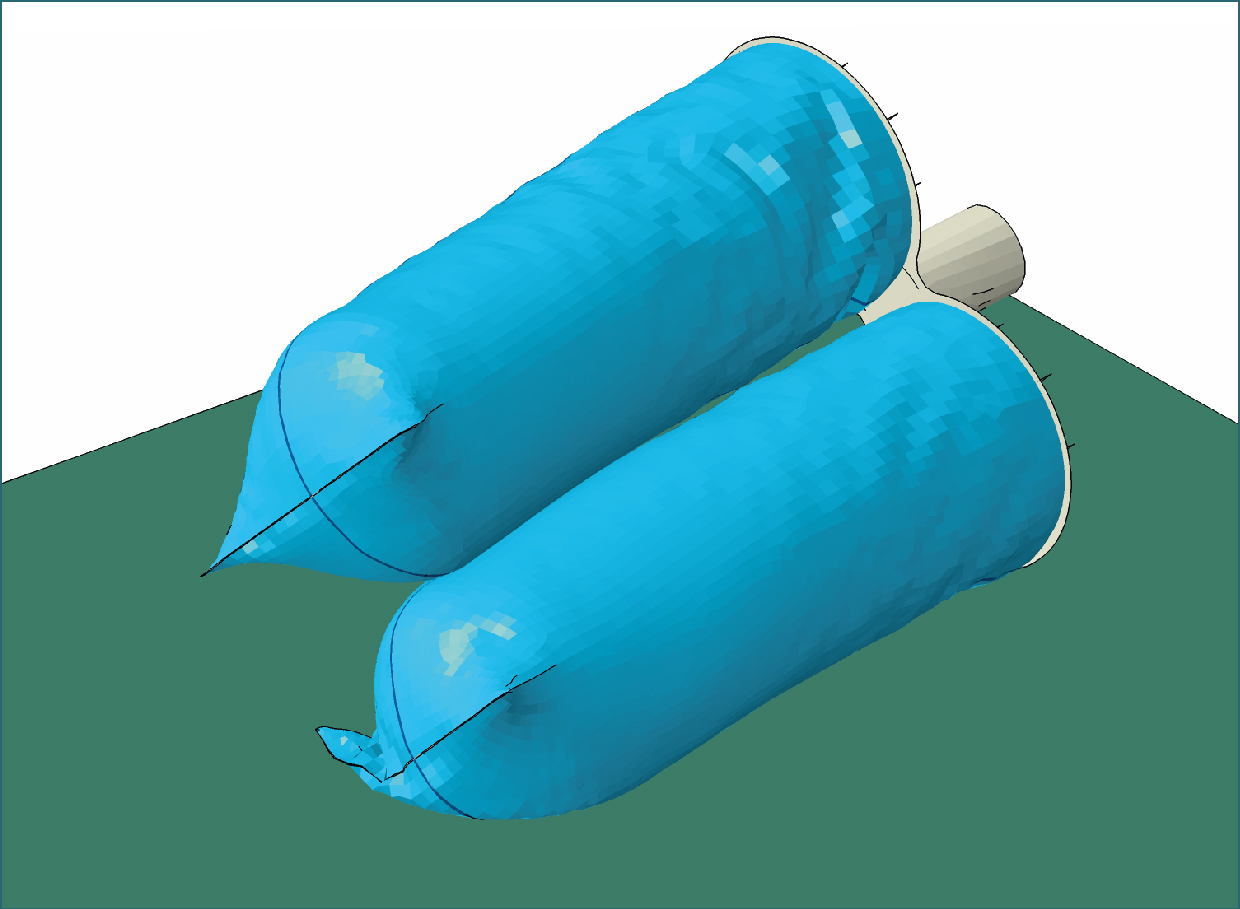 Figure 5 - Drop test simulation of the ecopaCC foil bag (right)
Figure 5 - Drop test simulation of the ecopaCC foil bag (right)
About the author:
Thomas Zacharias has been working for a total of 18 years in various Sulzer divisions and now as "Senior Technology Expert" at medmix Switzerland AG. His main activity is to ensure and optimize the structural integrity of high-precision application and mixing systems. This is done by applying analytical and numerical calculation methods as well as developing individual experimental test methods.
